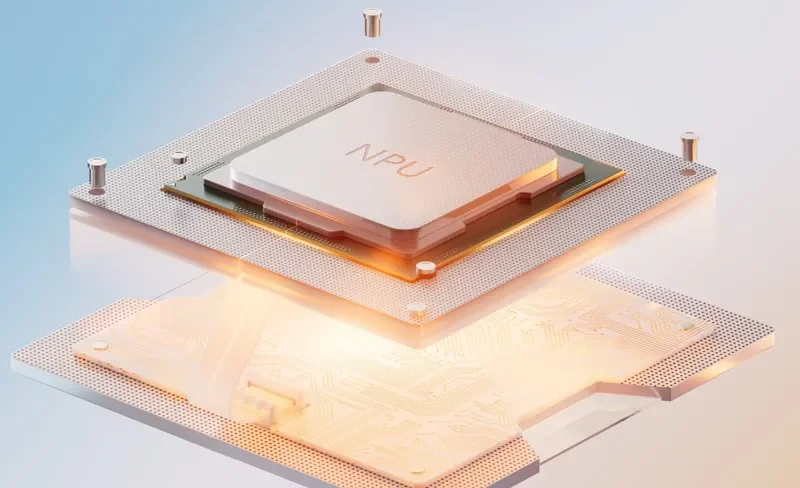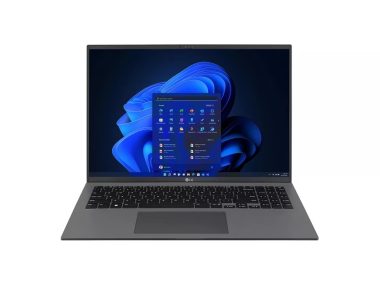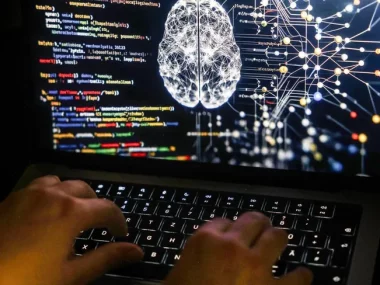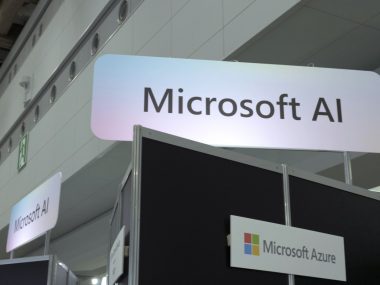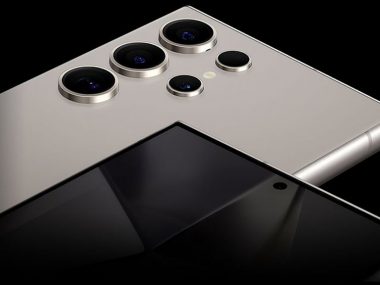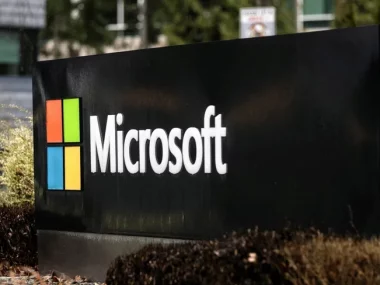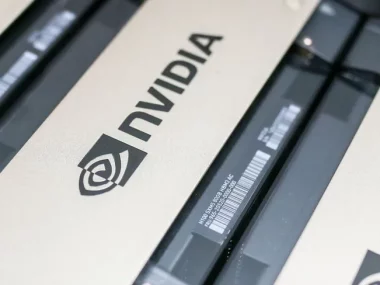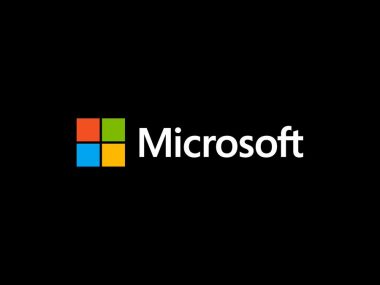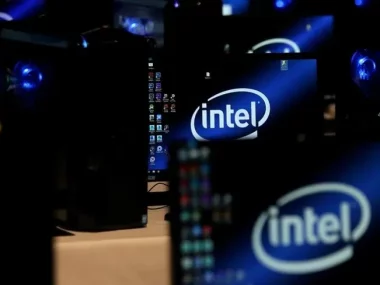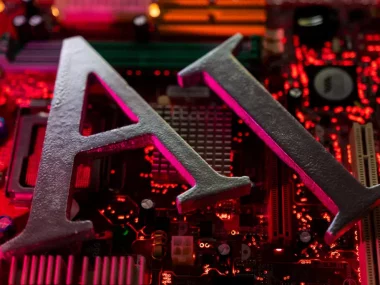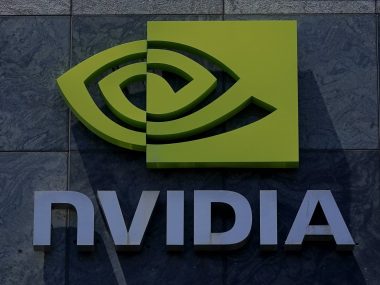|
Neubauer Coporation
Getting your Trinity Audio player ready...
|
In the world of technology, specifically artificial intelligence , the star of the Neural Processing Unit shines, which has a structure that mimics the neural network of the human brain, which makes room for the central processing unit (CPU) and the graphics processing unit (GPU) to perform other tasks with higher efficiency, thus allowing the user to experience superior performance. And more creative.
The use of the neural processing unit has become common since 2022, coinciding with the expansion of interest in the fields of artificial intelligence, in addition to its appearance in many smart devices such as phones, personal computers, and others.
The difference between CPU, GPU and NPU
Some may confuse the neural processing unit, the central processing unit (CPU), and the graphics processing unit (GPU), but each has its own roles.
The central data processing unit (CPU) is the basic component that processes signals and makes computing possible. It acts as the brain of any computer, processing all the computing tasks required for the operating system and applications to function.
While the GPU helps deal with work related to visual content such as machine learning, games, videos, and other tasks that require high-speed mathematical calculations.
As for the Neural Processing Unit (NPU), it is specialized in running various machine learning algorithms locally on the user’s device, so that complex mathematical equations are solved to process a huge amount of data in parallel within a few seconds, without the need to transfer the data over the Internet and process it outside the device, which provides high speed. In processing and completing orders, which preserves the privacy of the user and his data.
Neural processing unit
Although the idea of a neural processing unit imposes itself at the present time, the technology itself is old, and dates back to the 1990s, when Yann LeCun, who is currently the chief artificial intelligence scientist at Meta , was able to prepare a research paper dealing with the idea. ConvNets, which are currently used by various neural unit applications in smart products, from smartphones and cars like Tesla, to the large language models (LLMs) that power platforms like ChatGPT .
The year 2017 was a turning point in the smartphone market, when Apple unveiled the “iPhone Then Huawei followed it with a processor with the Kirin 970 neural unit, which the Chinese company provided on board its Mate 10 phone.
The importance of neural processing units is their ability to process parallel data, which is measured in TOPs or trillion operations per second, to ensure processing speed and superior performance.
The future of smart devices
The neural processing unit is considered the future of smart devices, because it provides a huge amount of processing power to complete tasks in an instant. Smartphones have developed and have a better understanding of the world around them.
The capabilities of cameras have also developed, as they have become more understanding of what they see, and can now automatically adjust photo and video settings to suit the conditions and locations of photography.
Personal computers and tablets have also benefited from the neural processing unit, as Microsoft recently, in cooperation with Qualcomm and its “ Snapdragon The applications, files, folders, and web addresses that the user opens on his personal computer.
Apple is scheduled to unveil its new operating system, iOS 18, on board its upcoming iPhone 16 family of phones, which may for the first time carry artificial intelligence features that will rely on an advanced neural processing unit, as it did with its latest M4 processor with the release of the new iPad Pro .
Earlier, a startup company in Switzerland revealed the development of a “unique” computer processor using human brain cells , in an attempt to find alternatives to technologies that rely on energy-consuming silicon.
The start-up company FinalSpark stated that Bio-computing relies on processors developed from living neurons that process information at a power rate a million times lower than traditional digital computers.
The Swiss company uses small brain blocks, which are small samples of human brain cells derived from neural stem cells, and places them in a sterile environment to preserve them, then connects them to electrodes to carry out computer processing and analog-to-digital conversions, to convert neural activity into digital information.
AFP

